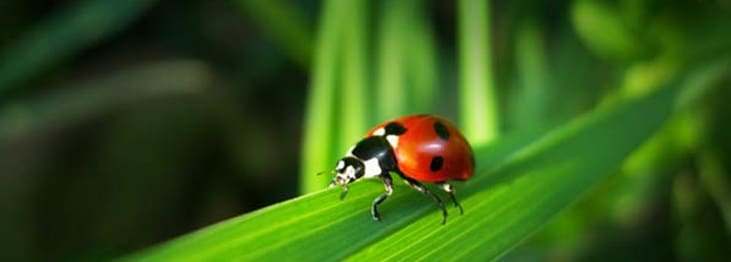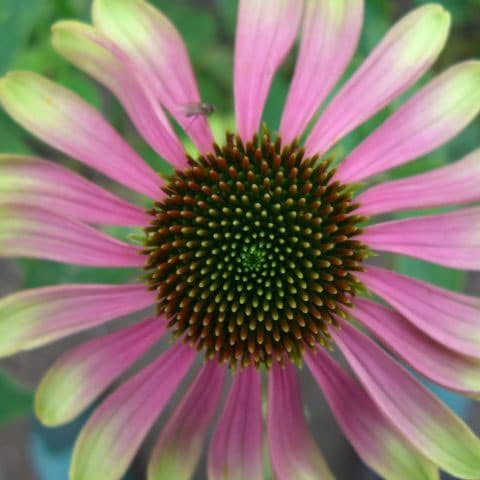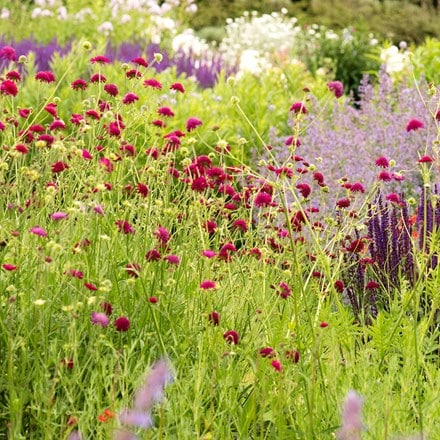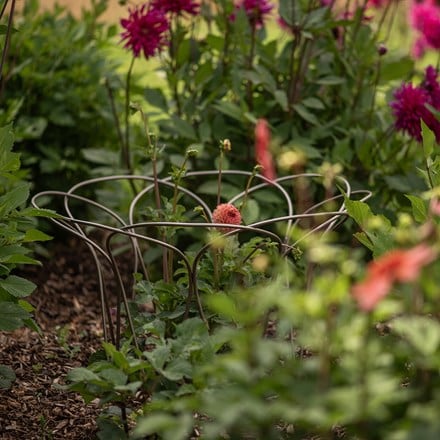Echinacea 'Green Envy' (PBR)
coneflower
The most unusual and exotic selection made to date in this rapidly expanding genus. The broad petals emerge from bud a light,...
GOES WELL WITH
How to encourage beneficial insects

All garden pests have natural enemies. The trick is to encourage these beneficial insects and other creatures to take up residence in your garden so that they can do the pest management for you. The most effective way to do this is to provide the conditio
Read full articleHow to use companion plants
Companion planting is a method of growing different plants adjacent to one another for the benefit of one or both of the companions. Some plants are thought to confuse or act as a decoy to potential pests, while a few provide food for the pest's natural
Read full articlePrairie
Indulge a passion for ornamental grasses by creating a prairie- or meadow-style garden. They can be richly planted with native wildflowers or a selection of complementary perennials and self-seeding annuals to create a naturalistic planting effect.
Read full articleEchinaceas
Echinaceas make August very special, with their strong-stemmed large daisy flowers. In their native America they thrive on very cold winters and hot summers, so hardiness is not a problem. However warm winters can cause problems, because they start int
Read full articleEchinaceas - perfect landing platforms
Flat-topped flowers such as echinaceas make perfect landing sites for butterflies and bees and will also add structure to the late summer garden. These stiff-stemmed flowers with burnished golden middles, go with so many plants and they can either be s
Read full articlePlants birds love in the winter garden
As frost descends and the leaves gather on the lawn, the most important colour is red because it glows against the backdrop of fading stems in muddy shades of khaki, grey and brown. Red’s the colour that fixes the rest of the palette and luckily red berri
Read full article





